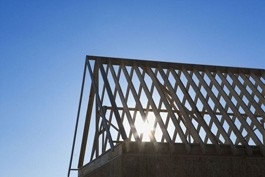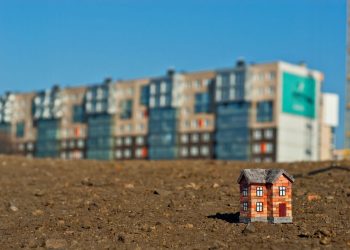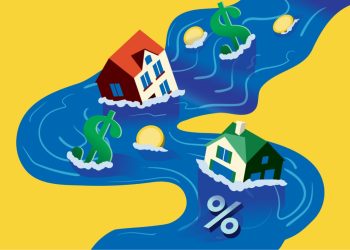 RISMEDIA, September 22, 2009—Production of new single-family homes slowed in August 2009 as the expiration date for an important buyer incentive drew nearer, according to figures recently released by the U.S. Commerce Department. While overall housing starts rose 1.5% to a seasonally adjusted annual rate of 598,000 units for the month, single-family starts declined 3% to a rate of 479,000 units, ending what had been a five-month run of improvements.
RISMEDIA, September 22, 2009—Production of new single-family homes slowed in August 2009 as the expiration date for an important buyer incentive drew nearer, according to figures recently released by the U.S. Commerce Department. While overall housing starts rose 1.5% to a seasonally adjusted annual rate of 598,000 units for the month, single-family starts declined 3% to a rate of 479,000 units, ending what had been a five-month run of improvements.
“With the $8,000 first-time home buyer tax credit set to expire at the end of November, the window is now basically closed for being able to start a new home that can be completed in time for purchasers to take advantage of that,” said Joe Robson, Chairman of the National Association of Home Builders (NAHB) and a home builder from Tulsa, Okla. “Builders are therefore pulling back on new construction at this time. Clearly Congress must act now to extend the tax credit if we are to keep the market moving toward a recovery.”
“The tax credit has been helping buoy demand for new homes since its passage in February, but builders are concerned about what happens after it is gone,” said NAHB Chief Economist David Crowe. “On top of the credit’s impending expiration, builders continue to grapple with a severe lack of credit for housing production loans and inappropriately low appraisals that are tied to the use of distressed properties as comps – both of which blunted the tax credit’s positive effect. Together, these three challenges threaten to completely stifle the upward momentum we’ve seen in the first half of 2009.”
NAHB is calling on Congress to extend the first-time home buyer tax credit for another year and to offer it to all income-eligible buyers of primary residences. In addition, NAHB is urging Congress to help eliminate the credit crunch, correct faulty appraisal practices and expand Net Operating Loss tax provisions that can help avoid more layoffs.
A 3% decline in single-family housing starts for August essentially erased the previous month’s gain, bringing production back to a 479,000-unit annual rate. Single-family permits also edged downward in August, by two-tenths of a percent to a seasonally adjusted annual rate of 462,000 units, ending what had been a four-month run of gains. Meanwhile, multifamily housing starts, which tend to display greater volatility on a month-to-month basis, rose 25.3% from an extremely low level in the previous month, to a seasonally adjusted annual rate of 119,000. Multifamily permit issuance rose 16% from an all-time low in July, to a 117,000-unit rate.
Regionally speaking, combined single- and multifamily housing starts were mixed, with gains of 23.8% and 0.9% reported in the Northeast and Midwest, respectively, a 2.4% decline registered in the South, and no change reported in the West. Combined permits were also mixed, with gains of 14.3% and 7.2% recorded in the Northeast and South, respectively, and declines of 5.7% and 5.6% registered in the Midwest and West, respectively.
For more information, visit www.nahb.org.










